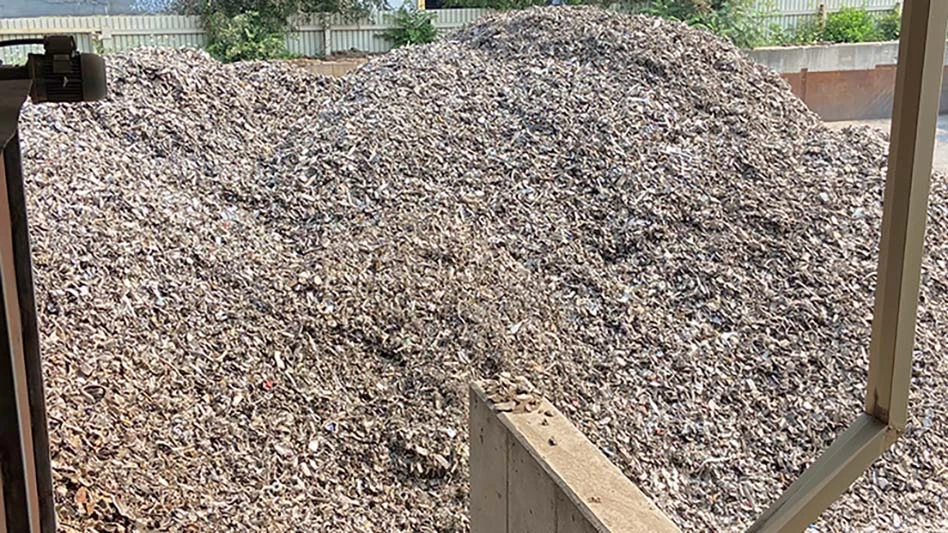Critiques of the U.S. recycling system often include its lack of standardization. Materials accepted for recycling in neighboring communities can vary, as can the data used to calculate recycling rates. The U.S. Environmental Protection Agency (EPA) is attempting to address these issues and others in its recently released “2021 National Recycling Strategy.”
The EPA released this strategy on America Recycles Day, which takes place annually Nov. 15. The EPA says the strategy is designed to address major recycling challenges to create “a stronger, more resilient and cost-effective municipal solid waste recycling system.” It also helps to achieve the goal of reaching a 50 percent national recycling rate by 2030 with its circular economy approach to materials management and extends the Biden administration’s environmental justice focus to waste and recycling facilities.
According to the document, “The National Recycling Goal and the National Recycling Strategy are integrated and support the ultimate goal of improving recycling and increasing circularity within the United States.”
The EPA says it is developing the methodology to measure the recycling goal and its key metrics, with finalization possible by year-end.
“Critiques of the U.S. recycling system often include its lack of standardization.”
I suspect many of our readers are awaiting this updated information and will have opinions once the methodology is released.
Regarding the calls for simplification of the recycling system, the extent to which the National Recycling Strategy will do that remains unclear.
Prior to the release of the strategy, the Consumer Brands Association (CBA), Arlington, Virginia, released a report, “Set up for Failure: How the Fragmented Approach to Recycling Fails Consumers and the Environment,” which it says makes clear that standardized definitions for recycling are the first step to fixing what it calls “America’s broken system.”
The CBA says the U.S. has more than 9,800 recycling systems, each with its own unique set of rules and standards. According to the report, 71 percent of Americans said the sheer amount of recycling systems creates confusion.
Many of us, myself included, will be awaiting further developments from the EPA to see how the agency balances the need to improve circularity with the desire for simplicity.
Get curated news on YOUR industry.
Enter your email to receive our newsletters.

Explore the December 2021 Issue
Check out more from this issue and find your next story to read.
Latest from Recycling Today
- McKinsey identifies engineering polymers as a recycling opportunity
- Metso acquisition focuses on mill liner recycling
- Malaysian customs office seizes scrap containers
- Lindner establishes Brazil subsidiary
- Tire recycling veteran predicts growth in pyrolysis
- ShearCore adds FC95 to concrete processor line
- The Scrap Show: Kamlesh Jain of Jain Metal Group
- Amcor expanding PCR capabilities in Kentucky





